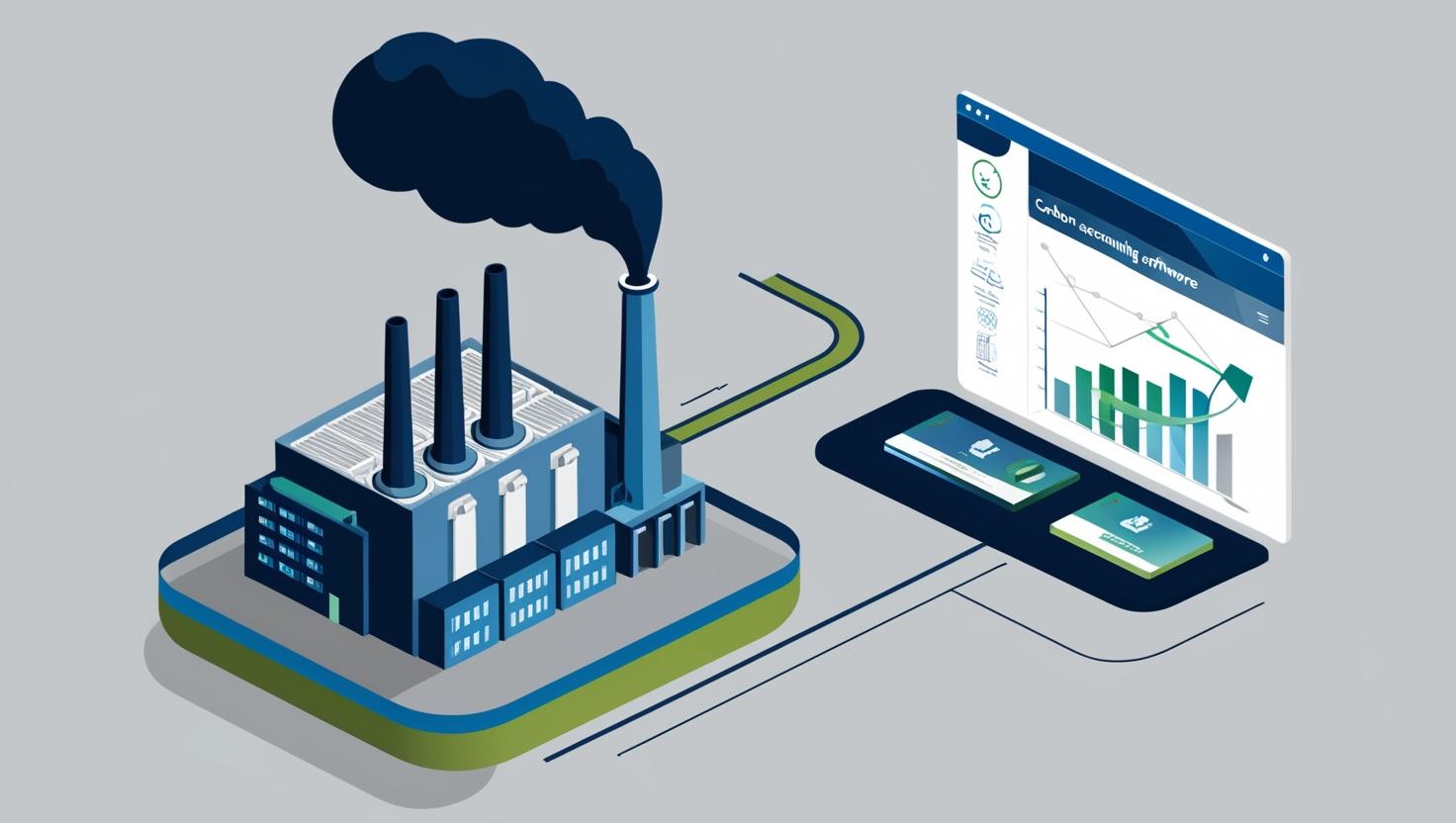Scope 3 emissions accounting is gaining attention from corporations as the world rushes to control greenhouse gas emissions to stall the climate change crisis across the globe. Scope 3 emissions under carbon accounting have emerged as a concrete measure. By accounting for carbon emissions from each step of the production process, organisations can move towards their decarbonisation goals. Carbon accounting is conducted for emissions under three primary categories, including Scope 1, 2 and Scope 3. Although the businesses are actively working on accounting for Scope 1 and Scope 2 emissions, not much attention has been paid to Scope 3 emissions. However, Scope 3 emissions account for 90% of the total emissions, as per the GHG protocol. The current trajectory of carbon emissions accounting for Scope 1, 2 and 3 only means touching the tip of the iceberg. So far, the corporates have not been paying adequate attention to Scope 3 emissions accounting as a standalone exercise despite its significant size.
In this blog, we will understand why organisations must start paying attention to Scope 3 emissions accounting.

Scope 3 emissions accounting and its growing need
There are multiple reasons that are increasingly strengthening the argument that Scope 3 emissions are critical for an organisation. Although Scope 3 emissions are currently voluntary for reporting, the trends strongly suggest that it could soon become mandatory. Consequently, companies will have to start preparing for Scope 3 emissions accounting across their value chain. Here are the primary reasons for Scope 3 emissions accounting:
1.Scope 3 emissions are highest within a company
For organisations aiming to reduce their carbon emissions, Scope 3 presents the biggest opportunity. Different companies can reduce a large amount of carbon emissions under Scope 3 as it represents the largest emissions among all the categories. A dataset by the CDP’s Scope 3 upstream report reveals that supply chain emissions are 26 times higher than operational emissions. In 2023, suppliers reported that their upstream Scope 3 emissions were, on average, 26 times greater than their emissions from direct operations (Scopes 1+2). This only means that an organisation has been missing out on carbon emissions accounting in Scope 3, which is responsible for the highest amount of its emissions. As Scope 3 emissions make up for the highest amount of emissions in a company, it is imperative for an organisation to carry out accurate value chain emissions monitoring to reach its netzero goals. The decarbonisation journey is incomplete without measuring and managing Scope 1, 2 and 3 emissions.
2.Emission compliances
Several countries have rules and guidelines for Scope 3 emissions. Although no corporate sustainability compliance has yet made Scope 3 emissions accounting mandatory, the trends are rapidly suggesting that value chain emissions management is gaining the attention it deserves.
3.Investors’ trust
Investors are showing greater trust in firms that are carrying out complete carbon emissions accounting. Companies with lower carbon footprints will gain a better competitive advantage as investors scrutinise their sustainability metrics before pumping in more money. The World Economic Forum, in its report, said, “since Scope 3 emissions are a large source of climate-related financial risk, investors report that Scope 3 estimates are useful for informing their financial decisions. Investors are strongly incentivized to care about Scope 3 emissions.”
4.Supply chains gaining competitive advantage
Decarbonisation in the real sense can only be achieved with Scope 1, 2, and 3 carbon emissions accounting. Organisations that start their Scope 3 emissions as soon as possible will remain ahead in the sustainability management journey. It is only a matter of time before Scope 3 emissions become mandatory. Remaining ahead in Scope 3 emissions could only benefit businesses across the globe.
5.Improvement in the company’s climate impact
Scope 3 emissions are all about transparency in the entire value chain. Through Scope 3 emissions management, a company gets a better understanding of its climate impact and continues to work towards its sustainability goals. This will also ensure that the company mitigates all future carbon-related risks and costs that could come in the form of compliances and penalties.
6.Financial prospects of a company
Scope 3 emissions also impact the financial aspects and growth of a company. In an article, The World Economic Forum cited a ‘SBTi survey of corporates that showed that the cost of Scope 3 decarbonisation can limit actions’. Around 61% of survey respondents said that the cost of decarbonisation can be a setback while fulfilling Scope 3 emissions targets. Moreover, the World Economic Forum stated that there is a robust financial business case for a Scope 3 commitment. It cited another report by BCG showing that “businesses today are increasingly likely to be held responsible by shareholders for the negative externalities created. Addressing Scope 3 emissions can lead to long-term cost resilience.”
Why is it difficult to measure Scope 3 emissions?
Scope 3 emissions accounting is one of the very challenging and complicated processes as the activities covered under this sector are very specific. It is a highly tedious and taxing affair to monitor, track, and account for highly accurate Scope 3 emissions data. Here are some primary challenges under Scope 3 emissions accounting:
- Data collection
Most organisations rely on third-party sources for Scope 3 emissions data collection and reporting. This is because one organisation’s Scope 3 emissions are another company’s Scope 1 or Scope 2 emissions. Consequently, it becomes difficult to obtain and establish data accuracy. Data collection and reporting can be very time-consuming and resource-intensive. Limited data transparency and traceability across the value chain pose huge setbacks for the data collection process.
- Complexity in value chains
Organisations face issues in navigating complex value chains with multiple suppliers and customers. The complexities in dealing with multiple stakeholders in the value chains pose a big challenge in accurately accounting for all Scope 3 emissions. Maintaining a track record of emissions for different activities by entities beyond the direct control of an organisation is tougher.
- Restricted control over Scope 3 activities
Not having direct control over activities under different upstream and downstream categories poses the primary challenge in data gathering and processing. Setting emission targets under Scope 3 can be daunting due to no direct control over it.
Despite complex challenges in measuring Scope 3 emissions data, accounting for Scope 3 emissions could potentially play a crucial role in identifying emission hotspots in an organisation. Reducing Scope 3 emissions by companies could play a crucial role in mitigating their climate impacts, as value chain emissions empirically represent the highest amount of emissions in an organisation.
How is TSC NetZero helping?
Built on the global Scope 3 emissions accounting standards, TSC NetZero is helping organisations manage, measure and gather emissions data for all categories of Scope 3 emissions. It is software for all categories of Scope 3 value chain carbon accounting. It allows organisations to map their value chain’s carbon emissions through accurate activity-specific Scope 3 accounting with TSC Netzero. It ensures companies achieve Scope 3 emissions by improving accounting accuracy over time through accurate and regular reporting. Most importantly, TSC Netzero enables corporations to carry out primary and secondary data collection for all 15 activities using calculation methods.




